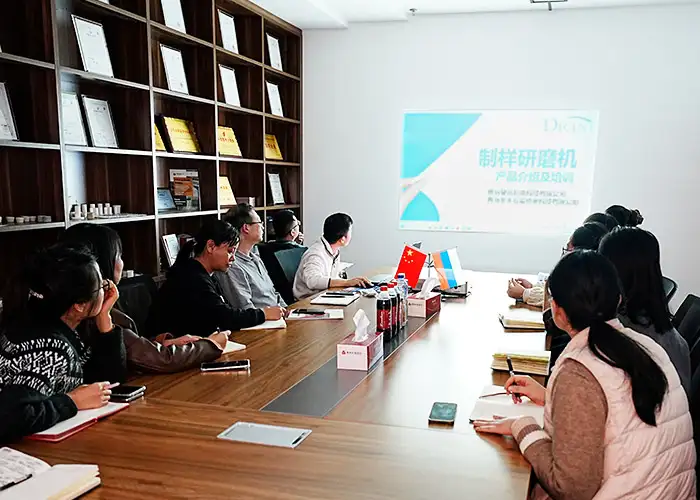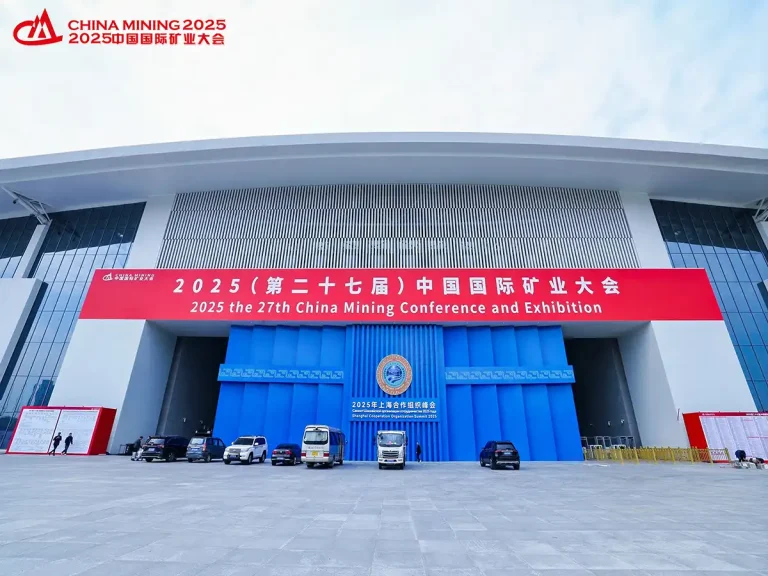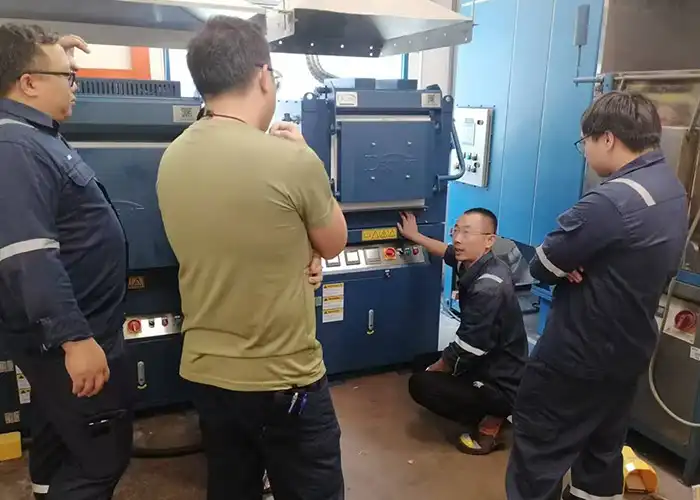Develop a reasonable sampling plan to obtain representative samples
Steps And Content of Sample Preparation From Mine (1)
The collection of ore samples for beneficiation test research is very arduous and meticulous work. Before sampling, the mineral deposit, ore body occurrence, and the mineral composition, structure, particle size, chemical composition, beneficial and harmful elements of the ore, the physical and technical characteristics of the ore, mining methods, mining plans and technical requirements must be reviewed and basically clear. On this basis, a reasonable sampling plan can be worked out and a fully representative mineral sample can be obtained. For this reason, careful investigation and research should be carried out on the whole process before the ore is transported into the mining warehouse, so as to find out the various factors that affect the representativeness of the ore sample so that they can be solved one by one during the sampling process.
There are many factors that affect the representativeness of mineral samples, which can generally be summarized as two major types of factors: geology and mining.
1. Geological factors
When sampling, the first consideration is the change of the ore body itself, that is the degree of stability of the entire ore body. In fact, there are very few ore bodies that are completely uniform. Most ore bodies vary in various parts of the space in terms of the ore type, structure, structure, mineral composition, particle size characteristics, occurrence state of beneficial and harmful components, and average grade. Before sampling, it is necessary to divide the ore into different types according to these characteristics of the ore body. Calculate the proportion of different ore types in the total ore volume. The mixed samples of various types of ore taken at this ratio are representative of the entire ore body. As for the number of sampling points, it depends on the stability of the ore body. Taking iron ore as an example, the nature of marine deposits is relatively stable, and the sampling area and the number of samples can be greatly reduced; due to the changeable nature of skarn-type iron ore, the sampling area and the number of samples must be greatly increased. . At the same time, it is also necessary to know that not any ore deposit can meet the requirements by taking a mixed ore sample according to the ratio of ore types. For example, in some non-ferrous metal deposits, primary sulfide ores and secondary oxidized ores have very different sorting properties, so they must be sampled separately. Other deposits have similar situations. For example, magnetite and hematite in Anshan-type iron ore also need to be sampled separately. In short, when sampling, the geological characteristics of the ore body and the nature of the sorting process should be fully taken into consideration.
2. Mining factors
Due to the different mining methods, in addition to complicating the original factors, some new factors have been added. For example, during mining, the surrounding rock in contact with the ore body and the inclusions in the ore body must be mixed into the mined ore. Generally, the mixing amount of surrounding rock in open-pit mining is 5%~10%; the mixing amount of surrounding rock in underground mining is 10%~20%, and it can even reach 25%~30% in some cases. The mixing amount of vein-like ore bodies is even greater. Therefore, it is necessary to mix the content of surrounding rock and inclusions into the mineral sample in proportion to the sampling. If the mining is carried out separately according to the type of ore, samples shall be taken separately according to the type of ore. In addition, different mining methods make the particle size composition and other properties of the mined ore different, such as density, bulk density, humidity, mechanical strength, mud content, etc. These must be estimated when sampling. In short, this part of the work should be closely coordinated with mining personnel, and reasonable consideration should be given to their mining design.
Among the above factors, geological factors are the main ones. If the proportion of each type of ore in the total ore volume is clarified, the sampling will have the initiative, and you can know how many samples should be taken on which sections. Coupled with the mining factors and test requirements, you can basically guarantee the representativeness of the samples taken. sex.
Representative samples generally have the following basic characteristics:
1.Represent the reserves of each grade of the main metal (or associated beneficial components) of the deposit;
2. It represents the average grade of various types of ore in the deposit, including 3 grades of high, medium and low;
3. Represent the mineral composition and chemical composition of the ore;
4. Represents the type, nature and content of surrounding rock, interlayer and gangue;
5. Represents the grain size characteristics of useful minerals and the ore structure and structure characteristics.
If there are special requirements for the sample, it must be considered separately according to the purpose of the work.
The sampling layout network of the samples should be fully considered. On the plane, the conditions of the whole area should be taken into consideration. In the section, the sampling points should be taken into consideration in the upper, middle, and lower middle sections. The number of samples, from the perspective of increasing the representativeness of the sample, of course, the more the better. But too much can also cause waste, so it should be appropriate. Generally, there must be at least 4 sampling points. Regarding the determination of the weight of the sample, if the sample is G, the actual sampling weight of the entire mining area shall not be less than 2G. The general sample weight is 100~200kg, and individual samples can reach 1t.
The sampling method shall be determined according to the geological conditions, ore grade, number of sampling points and work purpose. Commonly used methods are the blasting method, the grid method, groove method, whole lane stripping method, and so on.
If the geological samples of the ore blocks used for technological mineralogy research are taken on-site, they can be used at the sampling points of the above-mentioned beneficiation samples according to the differences in ore type, structure, structure, industrial grade, and roof and floor enclosures with different lithology and strata. Taken in the rock and sandwiched stone. There are 2~3 pieces of each kind of specimen, and the size is not less than 100mm×70mm. If it is extracted from the beneficiation sample transported back to the laboratory, first use a shovel to fully mix and flatten the ore sample on the cement floor, and then pick the ore nuggets evenly on the cement floor. Using the ore nugget hand specimens obtained in this way, a relatively comprehensive and systematic study of the ore material composition can be carried out, and a considerable part of the data that can be obtained by technological mineralogy can be provided.




